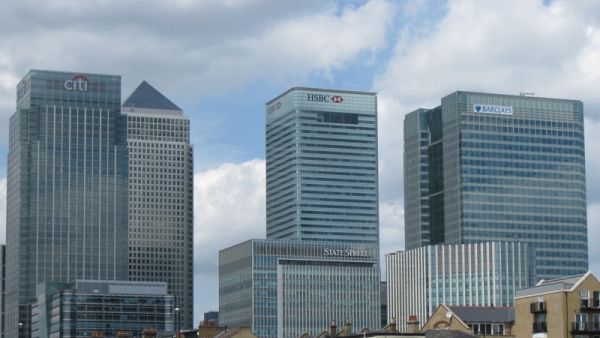Despite the seemingly bad news doing rounds about the health of the global economy, Benjamin Yeo, head of Investment Strategy for Asia at the Wealth and Investment Management Division of Barclays, believes in a recovery sooner than later.
Sifting through information and pertinent statistics, he is confident that growth is on the right trajectory and expects salvation by the fourth quarter of this year.
Based in Singapore, Yeo is responsible for managing the research, economics and strategy teams supporting the AsiaPacific Private Banking business, as well as onshore businesses in Japan and India. Khaleej Times caught up with him to get an insight into the investment space and get a pulse of the issue at hand. Excerpts from the interview:
The world economy is in the fifth year of financial woes. How do you see global growth panning out, and where do investment opportunities lie?
The global economy has seen worse and as fear recedes, global recovery continues. For long-term investors, risk reward favours equities rather than fixed income. However, investors should not be daunted by any pullback on the horizon. Based on our assessment, we think a pullback, if it ever happens, will be more muted at around five to seven per cent and short-term in length.
What’s your take on the money country printing spree of central banks? Do you think the excesses will create bubbles?
That is a negative way of looking. Quantitative easing creates an upward trend and as an investor, you capitalise on upward trends to increase your rate of return. For now, I would not call it a bubble but a necessary stimulus for the recovery of the global economy. Velocity is an issue in such a large monetary base. Central banks are aware of the velocity issues and it is in good interest when they ensure that there is ample monetary base to directly promote, encourage or push the velocity higher. Central banks tend to err on the right side of caution.
Interest rates are reigning low, but why are some central banks still cutting rates?
Recently, some banks, especially the Bank of Korea, the Reserve Bank of Australia and the European Central Bank have exhibited classic behaviour of central banks by paring rates. It is okay for us to err on self caution to prop up sentiment, investment and businesses. However, interest rates will not stay low forever; we can always raise rates to a more normal level when growth is entrenched and business sentiment and investor sentiment are a lot better. As we see, this is going to be a distant possibility. But, in view of recent cuts, it is probably less distant that before.
US equities have rallied since the crash. What are the reasons behind the run and is it sustainable?
The rally in the US is not necessarily without any fundamental drivers. The US economy has turned the corner, has picked up in consumption, housing market and the momentum continues. The pace may be gradual but it is certainly in the right direction. Secondly, the run in US equities started because of attractive valuations, relative to the treasury bonds, which gave it an impetus to move higher. The US market might see some correction not because it is expensive. It may correct because it is a natural thing in most financial markets. Therefore, the second element, a pullback, and not necessarily a correction, or a drop of five to seven per cent is expected over the summer, which may tie some deceleration. Since markets performed well in the first quarter, short-term investors might take profit bookings. But rest assured, there will be nothing deep like the way we have seen in the last three years.
Where do you see global growth in 2013?
This year started with a strong Q1, as data has shown. We might witness some moderation in Q2, and further moderation in Q3, which will stabilise the economies. By Q4, we are hoping for a stronger salvation.
If this is the trajectory of growth then what would be your advice to investors?
If you are trading already, you may want to take profits at this level and invest again later. We expect to see higher growth numbers in 2014. If you are a long-term investor, then buy into the weakness of Q2 or Q3 and stay invested.
What is your call on Indian equities?
At the moment we have a neutral call on the Indian equity markets. We can see the long-term story for India. In my mind, it is a classic example of “the spirit is willing but the flesh is weak”. India has put in place a right economic master plan for growth, which pretty much has the right ingredients in the master plan for infrastructure needs and other big projects. But the nature of decision-making culture has rendered the execution ineffective and it is further complicated by the political system and politicking among parties. This has led to a lot of critical projects been mothballed. As far as the stock market is concerned, India in recent months traded at fairly attractive valuations more on the lower end of the historical range.








